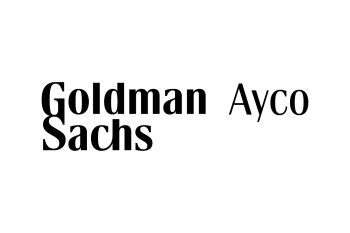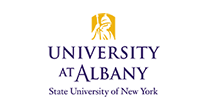News
November 4, 2015University at Albany and Albany Law School Create Collaborative Academic Offerings in Law, Criminal Justice and History
The University at Albany and Albany Law School today announced two new articulation agreements that will create enhanced academic opportunities for students at both institutions.
The agreement between Albany Law School and UAlbany’s School of Criminal Justice, and another between Albany Law and the College of Arts and Sciences, provides more collaborative academic offerings for students pursuing a law degree with a Masters of Art in History, and a law degree with a Masters of Arts in Criminal Justice.
The agreements call on each school to recognize and accept credits for a range of specific courses, creating a more efficient experience – specifically less costly and less time—for the students.
“Students in the School of Criminal Justice are often interested in pursuing a J.D. degree, so this is a very natural connection,” said University at Albany Senior Vice President for Academic Affairs and Provost, James Stellar. “Working together, we can now provide our students with an opportunity to explore the timely issues of the intersection between law with criminal justice and history right here in the Capital Region.”
“This makes perfect sense,” said Alicia Ouellette, Albany Law’s President and Dean. “These agreements are yet another example of the way our two schools can align to offer a richer student experience for our students. Students of history and criminal justice make excellent law students.”
Law classes that may interest the criminal justice student, for example, might include evidence, family law, immigration law, domestic violence, and criminal procedure. Likewise, the law school students may choose from an array of masters’ classes in criminal justice such as innovations in policing, sentencing, crime and cities, and prison reform.
Students will remain responsible for completing each of the separate degrees at their respective school, but the articulation agreement creates a path for a more efficient and collaborative approach.
The agreements come one month after the two schools announced a formal affiliation between them, paving the way for numerous paths for partnering. Before the affiliation announcement, the relationship of the two schools included a “3+3” program in which students can receive an undergraduate degree and law degree in six years (instead of seven), and multiple joint graduate programs.


























